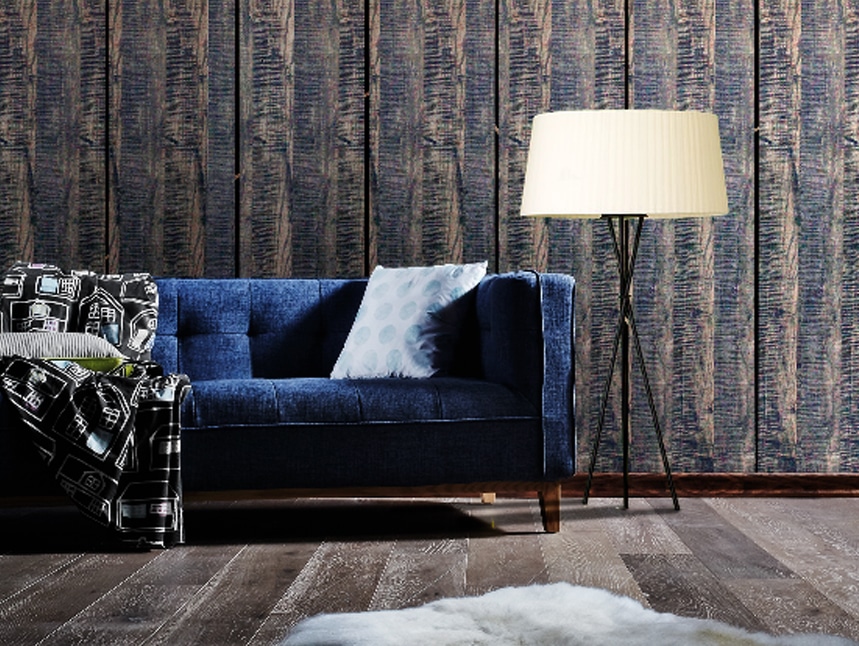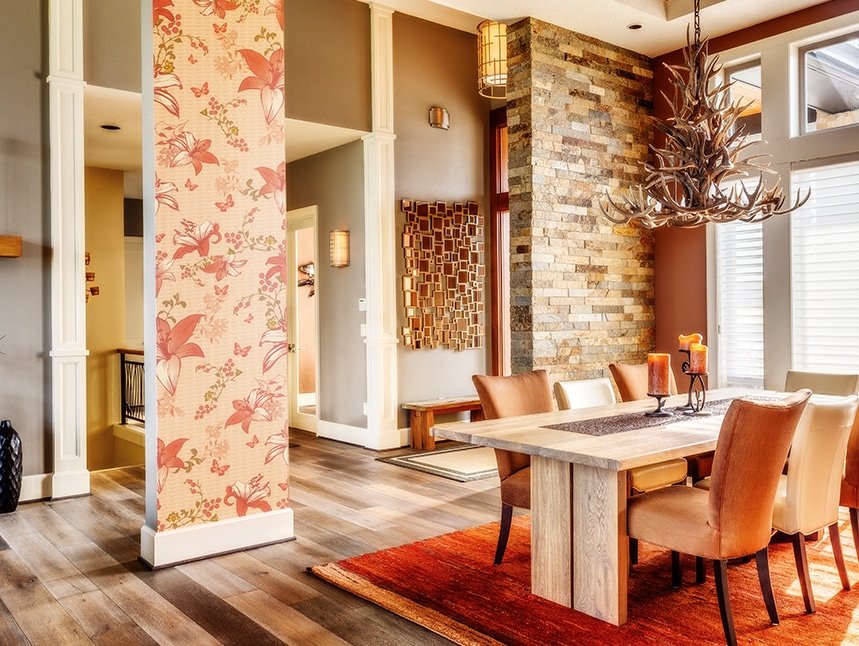
The sixties – an era of delightful chaos, a beautiful mess, and a splendid adventure, has become just another story today. Sometimes, the value of a trending story goes unvalued until it becomes a memory, or is cherished later through a flashback. Let’s figure out a few tricks to understand the science behind the making of veneers.
Veneers are thin wood slices typically glued onto the medium-density core panels to produce flat panelled sheets for high-end doors, furniture tops and floors. These are more premium as it is made of real wood.
While choosing the best veneers, keep in mind the rule of the 6Ts-
- ‘Trees’ and their land of origin serve as the foundation of best quality veneers as they influence grain patterns and rings.
- The ‘type’ and the grade of veneer must be identified.
- The ‘thickness’ of the face veneers and the back ply ensure the durability of the product.
- The ‘texture’ in terms of distressed, oxidisation, sandblast, UV hand painted etc., serves as value additions, creating a lasting visual impression on the product.
- Also, the ‘tone’ of the veneer depends on the type of species and the way the wood logs are sawn. The original species lend a unique tone and character to the veneers, leading to an enriching and well-curated décor.
- A full ‘treatment’ marks the completion of the process post a rigorous drying and chemical treatment, which enables the veneer to withstand bad weather conditions and termites.
Having understood the process of how veneers are made, here are a few trends to welcome monochromes, all-over patterns, and raw textured finishes to your house. While spacious interiors marked the end of the sixties, the appetite for spacious yet sophisticated décor is back again. With the color palette making a switch to greys, bring home smoky hues with grey veneers. One can use textured raw looking distressed veneers to indulge in a natural look, or customise the same as per your desire.
Grey matters – A decision of royalty
Grey and charcoal has been an extremely accepted monochromatic colour scheme since the early 1960s and was also a modish fusion in the late 1960s. ‘There’s always a grey between black and white’ that adds elegance, sophistication, and royalty.
While tints and hues in monochrome scheme bring variance, you can obtain a complementing capability with dark wood and grey veneers. This adds depth that lends a spacious look and feel to the interiors. Being popular in the sixties, wood floorings are timeless. However, there is a twist in the tale as understated, flat-finished texture is rocking the floor. For the year ahead, grey and dark wood floorings, will be a good choice. Perhaps pairing these rustic matte floors with your fresh modern veneer interiors could be your next raw-modern look!
Natural textures – Bring back the past

2018 brings back the vintage trend of natural textures in décor. While the 1960s was known for natural textured wood, the trend is back with a bang with people once again wanting natural-looking wood in their homes.
Harmonize first, customise later – Do it your way

Your home is a great blank canvas and like they say, ‘real luxury is in customisation’. How about expanding your real desire not just to be different but also irreplaceable? Be a witness to modern art, bring home customised veneers as per individual preferences, and paint your canvas, your way!
Veneers can add a mystic charm and aura to the interiors of your house, making it a home.
So, what are you waiting for? Bring the sixties style home!
This article is contributed by Parul Mittal, Director, Greenlam Industries Ltd.
The views expressed here are solely those of the author and do not necessarily represent or reflect the views of RoofandFloor.



